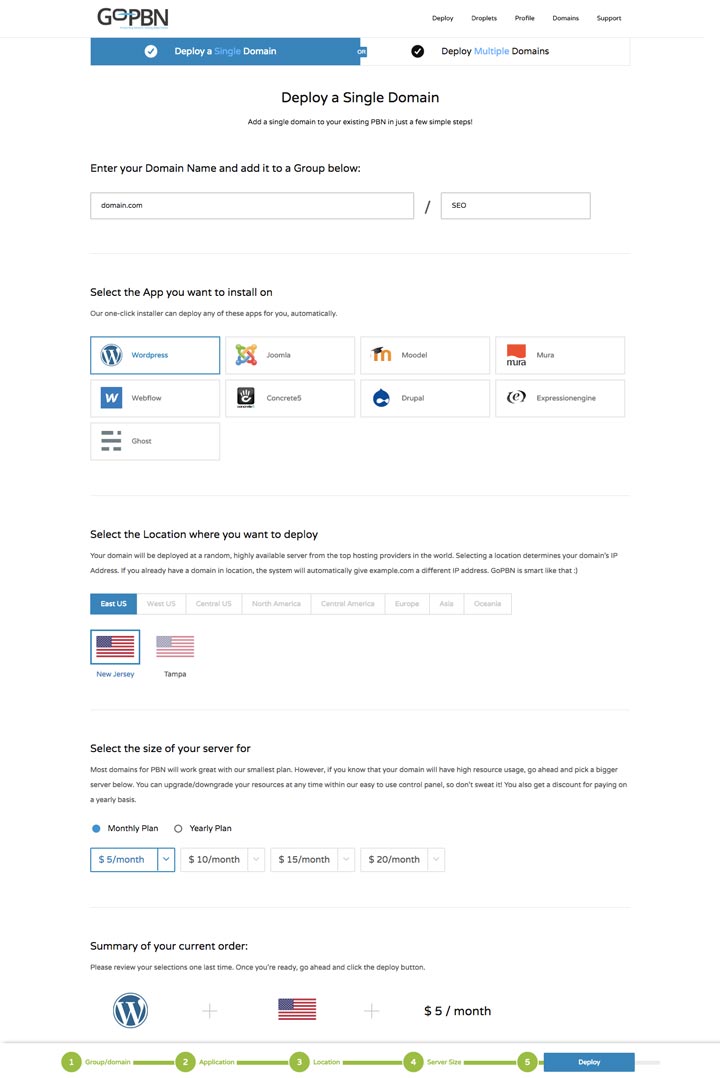All Categories
Featured
Table of Contents
- – What Is The Top Semantic Seo Checklist
- – What Is The Most Practical Semantic Search Eng...
- – Top-Rated Nlp For Semantic Seo
- – What Is The Most Preferred Semantic Seo Examp...
- – What Is The Most Recommended Structured Data...
- – Top Semantic Search Optimization Money Can Buy
- – What Is The Top Optimizing For Semantic Search
The web is transforming, ending up being increasingly more semantic. SEO is also transforming and ending up being more semantic. This is because internet search engine have advanced and are relocating more and more towards reviewing material on the internet. Certainly, that has actually likewise transformed the means we create material, especially if we wish to rank better in the search engines.
Intertwingularity is not typically recognized, people maintain claiming they can make things deeply hierarchical, categorizable and sequential when they can't. Based on the connections in between search objectives, the search engine likes a web content in placing by computing the distance in between the vectors of significance.
It permits you to see, beginning with a topic, all the entities that relate to that subject. In this manner you can plainly see which entities/concepts/ideas have actually already been covered on your site, and you can uncover brand-new possibilities by recognizing what material you can add and just how to develop it.
What Is The Top Semantic Seo Checklist
It has the ability to make your web content reasonable for online search engine on the one hand and for your audience on the various other. Structuring your web content design highlights your material and its underlying connections so that search engines can recognize you among numerous pieces of details, making you more visible to customers that fulfill the search intent associated to your service.
In semantic SEO copywriting, an editor begins with a broader series of topics and customizes the web content to include semantically relevant terms and expressions that assist visitors recognize a topic, comparable to reading material in a wiki. From a material composing point of view, one functional way to do this is to develop a vocabulary of terms and inquiries surrounding your target subject.
What Is The Most Practical Semantic Search Engine Results Pages (Serps) To Have
Find out more regarding by enjoying the by!.

Semantic search describes the procedure of exactly how internet search engine recognize and match key phrases to a searcher's intent in organic search outcomes. Prior to semantic search, search engines like Google operated like matchmakersaligning specific words in your query with those precise words on websites. The results were simple but frequently did not have deepness.
Top-Rated Nlp For Semantic Seo
It makes it possible for Google to use quick, exact solutions to search inquiries about real-world topics. When you type a question word right into Google, you're not simply going into a sequence of words.
When you look for "Apple," Google does not simply see a word that defines a fruit. It recognizes Apple as a company and can supply associated details. Like the name of its chief executive officer, Tim Chef, or its most current stock rates. Google revealed the Hummingbird upgrade in 2013. It was Google's response to the surge of voice searches, where inquiries ended up being more conversational and nuanced.
What Is The Most Preferred Semantic Seo Examples Out Right Now
By incorporating NLP, Hummingbird enabled Google to relocate beyond mere keyword matching. It assisted the search engine comprehend search intent, enhancing the chances that results would properly match the factor behind a user's search.
Making it extra efficient at managing never-before-seen search questions. RankBrain takes into consideration more than just key phrases when examining a search question.
It fetches results that match the keywords and align with the overall intent of offering puppy training recommendations. And if the user frequently looks for dog-related content, Google might focus on more in-depth training guidesrecognizing the user's recurring passion in the subject. Combining technologies like the Understanding Graph, Hummingbird, and RankBrain, semantic search assists the Google formula analyze and connect information throughout a substantial internet of details.
What Is The Most Recommended Structured Data For Semantic Seo Available Today
The focus changes from keyword option to an all natural strategy including individual intent, topical importance, and total user experience. Developing content that attends to the searcher's demands with detailed information can improve your SERP positions.
And type of web content can best please their needs. A wider strategy to material aligns much better with semantic search's change away from exact key words matching and toward user intent. Which explains the boosted emphasis on subject collections, instead of private keyword phrases. Content that covers search queries better not only pleases customers.
UX intends to develop an aesthetically enticing, user-friendly user interface with engaging, quality web content that motivates site visitors to stay. Semantic search technology makes it possible for search engines to aim for results that provide the ideal feasible UX.
Top Semantic Search Optimization Money Can Buy

All showcase Google's capacity to address a subject query thoroughly. By comprehending the context and intent behind individual inquiries, search engines can supply a lot more relevant details and possibly raise individual involvement. Personalization in search results page makes for much better UX.Based on your past search history and preferences as a customer, semantic search assists search engines customize the results to suit your one-of-a-kind demands and rate of interests.
So it fetches outcomes that match the key phrases and straighten with the general intent of offering puppy training guidance. And if the customer often searches for dog-related material, Google may prioritize extra in-depth training guidesrecognizing the user's ongoing passion in the subject. Incorporating technologies like the Knowledge Chart, Hummingbird, and RankBrain, semantic search helps the Google formula interpret and connect data throughout a substantial web of info.
What Is The Top Optimizing For Semantic Search
The focus changes from keyword option to a holistic technique including user intent, topical relevance, and total user experience. Creating material that deals with the searcher's needs with thorough info can improve your SERP rankings.

A more comprehensive method to content aligns better with semantic search's shift away from exact search phrase matching and toward customer intent. Material that covers search questions a lot more extensively not only pleases users.
And five times higher than sites that take 10 secs to load. While technical SEO makes sure ideal site efficiency and ease of access, concentrating on user experience (UX) takes it an action even more. UX aims to produce an aesthetically attractive, straightforward interface with interesting, quality content that urges site visitors to stay. Semantic search innovation allows search engines to go for outcomes that supply the most effective possible UX.
All showcase Google's capability to deal with a subject inquiry adequately. By comprehending the context and intent behind user questions, internet search engine can provide more appropriate information and possibly increase customer engagement. Personalization in search results page produces much better UX.Based on your previous search history and preferences as an individual, semantic search helps look engines tailor the results to fit your special requirements and passions.
Table of Contents
- – What Is The Top Semantic Seo Checklist
- – What Is The Most Practical Semantic Search Eng...
- – Top-Rated Nlp For Semantic Seo
- – What Is The Most Preferred Semantic Seo Examp...
- – What Is The Most Recommended Structured Data...
- – Top Semantic Search Optimization Money Can Buy
- – What Is The Top Optimizing For Semantic Search
Latest Posts
What Is The Premier Semantic Seo For Beginners Company?
What Does Semantic Seo Audits Cost?
What Is The Most Practical Semantic Search Engine Results Pages (Serps) To Have
More
Latest Posts
What Is The Premier Semantic Seo For Beginners Company?
What Does Semantic Seo Audits Cost?
What Is The Most Practical Semantic Search Engine Results Pages (Serps) To Have